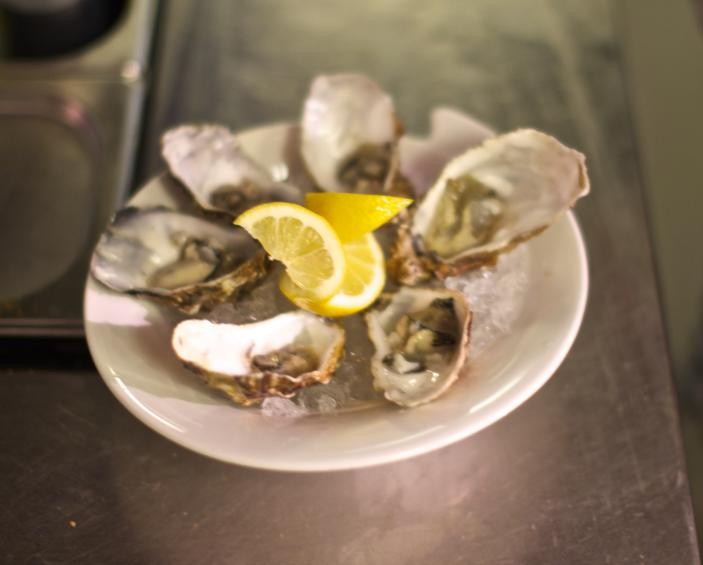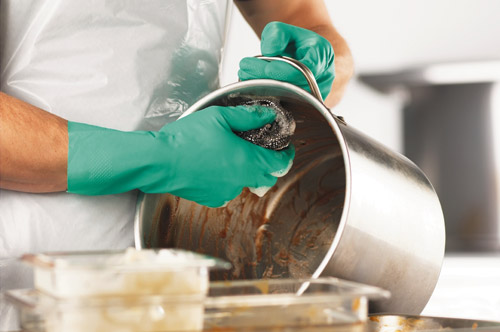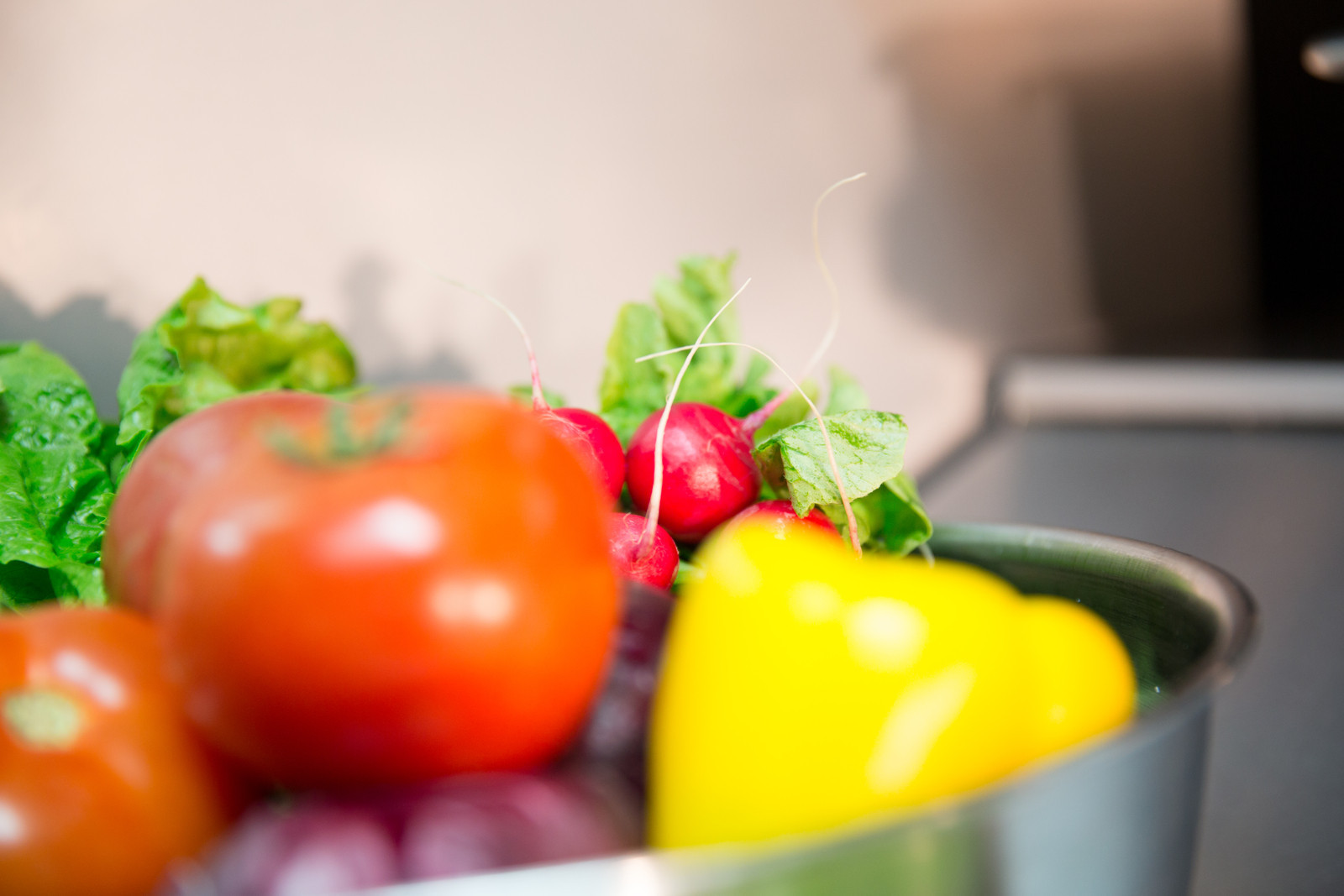The Blank Canvas of a New Year: Don’t Leave your Food Safety Program out of your New Year’s Resolutions
Each year, we get the opportunity to begin a new year and turn to a new page, sort of speak. As we start the journey of a new year, we are reminded of New Year’s resolutions everywhere we look – from television commercials to your social media streams. But it is also important to take stock of where we are and where we have been, both personally and professionally. We come out of the holiday season where we have time to be with family, time to relax a bit and slow down, and time to focus on ourselves. When we return to work at the start of the new year, we often get so busy in the day-to-day management of our operations that we fail to assess our businesses in the same manner we do our personal lives.
From a food safety perspective, what better way to assess where we are than to look back at the foodborne illness outbreaks we faced in the United States in 2021? While the actual data from FDA and CDC related to foodborne outbreaks is not finalized, as I looked back on the outbreaks, it seems that they can be summarized in one word – produce! While all outbreaks were not produce-related, there are several that were. A few of which we discussed in the blogs throughout the year.
… as we start the new year, take stock of the food safety practices and systems in your operations, and consider where you want to end the year of 2022.
In November, we discussed the Salmonella Oranienburg outbreak from red, yellow, and white onions. The outbreak investigation is still active, with close to 900 illnesses and 183 hospitalizations. We also experienced several salad-related outbreaks in 2021. In July, BrightFarms recalled a salad mix contaminated with Salmonella Liverpool, the outbreak caused 31 illnesses and four hospitalizations. Later in the year, an E. coli O157:H7 outbreak was linked to spinach, causing 14 outbreaks and four hospitalizations. Closing out the year in December, we had two independent outbreaks of Listeria monocytogenes related to packaged salad mixes, and while both are ongoing, have resulted in 26 illnesses, 22 hospitalizations, and three deaths.
Other outbreaks in 2021 were related to soft cheeses, shrimp, seafood, cake mixes, cashew Brie, and bottled water. In six of the outbreaks, officials were unable to determine the source and in two of the outbreaks, officials have yet to identify the source of contamination.
Thus, as we start the new year, take stock of the food safety practices and systems in your operation, and consider where you want to end the year of 2022. Hopefully, you have a few improvements to your food safety system in mind. If not, take a few lessons from the outbreaks we have experienced over the last year. Are your traceability systems in order? Has your staff been trained to properly handle fresh produce?
Whatever you decide to embark on for the year ahead, start small and don’t try to change everything at the same time. Encourage employee buy-in and focus on those lynchpin behaviors we have discussed before. Think of the new year as a blank canvas. What will your canvas show at the end of the year? Risk Nothing.
READ MORE POSTS
Food Gloves & Latex Allergy Education
Politicians joke about the endless stretch of rubber chicken dinners they may consume in an election year. For people with a latex allergy, such a prospect may be no laughing matter. While latex serves as an effective barrier glove material and has the best fit because of its elasticity, the risks associated should not be ignored. The solution is not simple and many options are available for operators today. It should always be mentioned that handwashing (before putting on gloves) is always the primary barrier to contamination and gloves are considered a good secondary barrier.
Foodborne Illness Myths & Facts
“It must have been something I ate.” That’s the typical statement when a person develops some relatively minor symptoms from food. Maybe not severe enough to go to the doctor so you choose to tough it out without medical care. Sudden onset of flu-like symptoms such as onset of stomach cramps, diarrhea, vomiting and fever could possibly mean you are the victim of a foodborne illness. The illness is sometimes referred to as “food poisoning”, but it’s often misdiagnosed.
Don’t Compromise: Clean and Sanitize
The subject is cleaning and sanitizing. Chefs, food service directors, managers and staff try to practice safe food-handling at every turn in the kitchen. Don’t let that effort go down the drain by slacking off on the many aspects of sanitation. That includes dish and ware-washing techniques (pots, pans, equipment), and cleaning all the areas that give us that “neat as a pin” appearance in your customers eyes. Customers seldom fail to bring that soiled silverware or glass with lipstick on it to the attention of the manager or wait staff. Improperly cleaning and sanitizing of food contact equipment does allow transmission of pathogenic microorganisms to food and ultimately our customer.
The Route to Safer Fresh Fruits and Vegetables
Although fruits and vegetables are one of the healthiest foods sources in our diet, we continue to have foodborne disease outbreaks of significance from produce, sometimes affecting large groups of people in multiple states because of their wide distribution. The CDC estimates that fresh produce now causes a huge number of foodborne illness outbreaks in the United States. Produce needs our continued food safety efforts at the restaurant level as well as at the stages in agricultural production. Occasionally, fresh fruits and vegetables can become contaminated with harmful bacteria or viruses, such as Salmonella, E. coli 0157:H7, Norovirus, and Hepatitis A. This contamination can occur at any point from the field to our table. If eaten, contaminated fruits and vegetables can cause foodborne illness.










